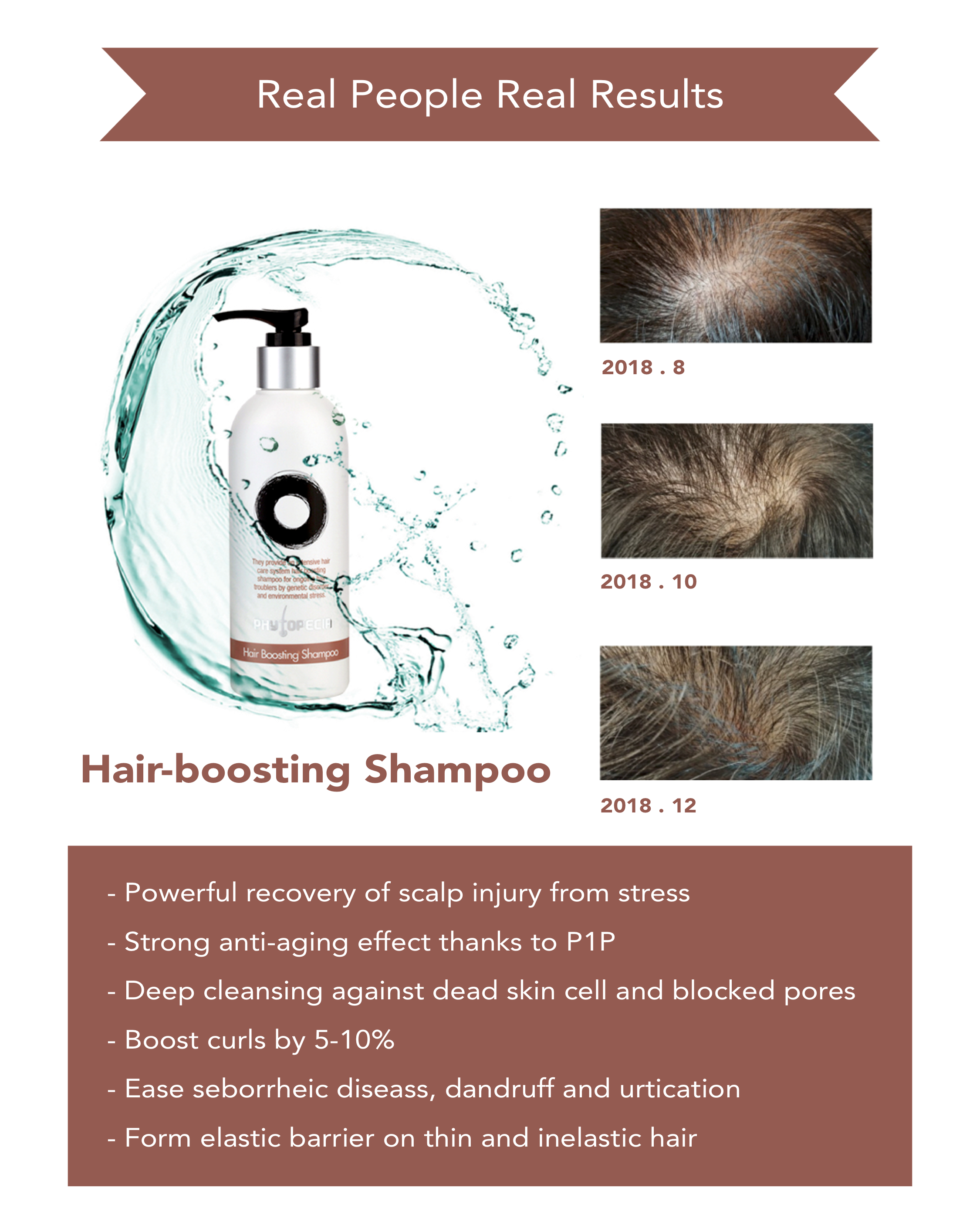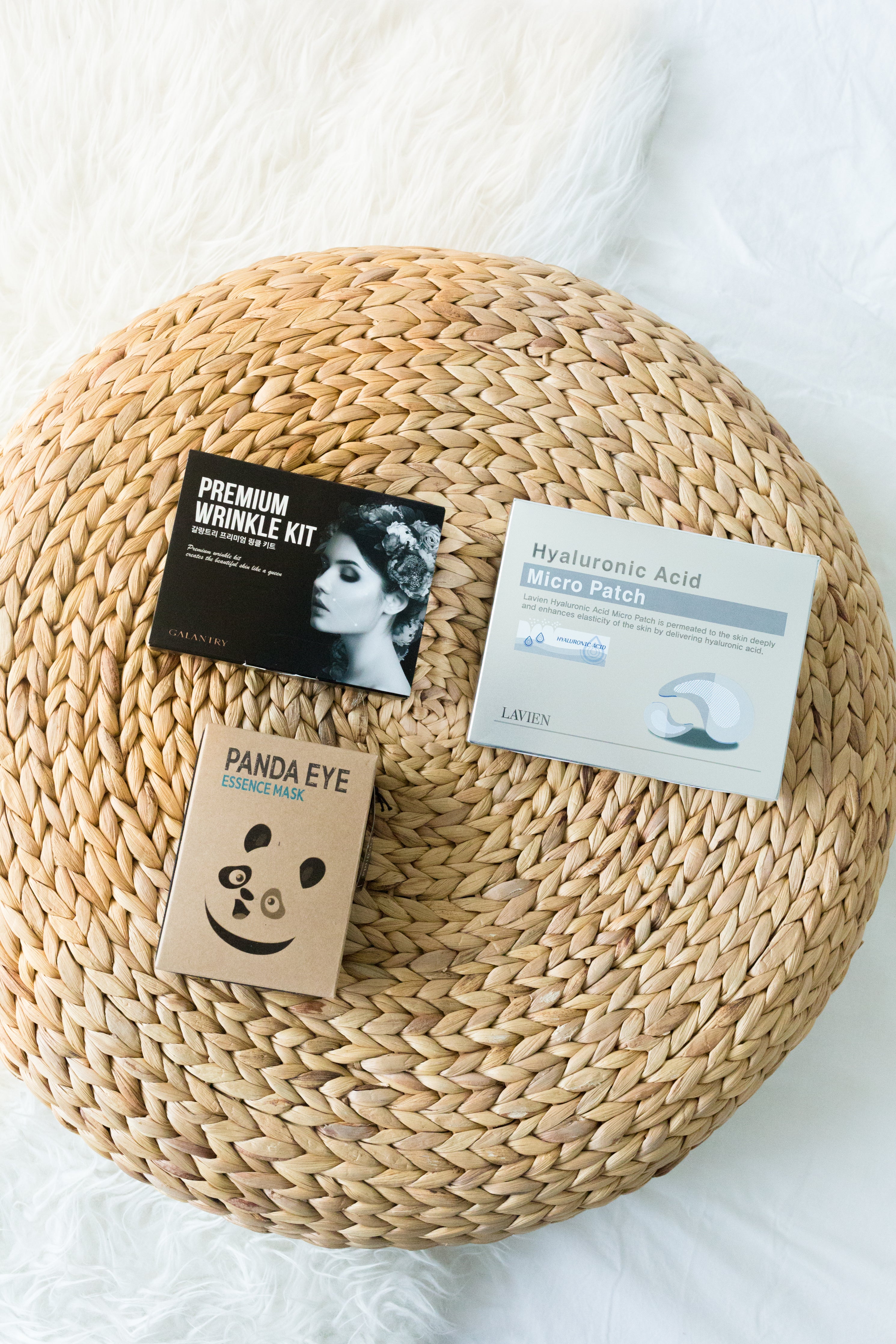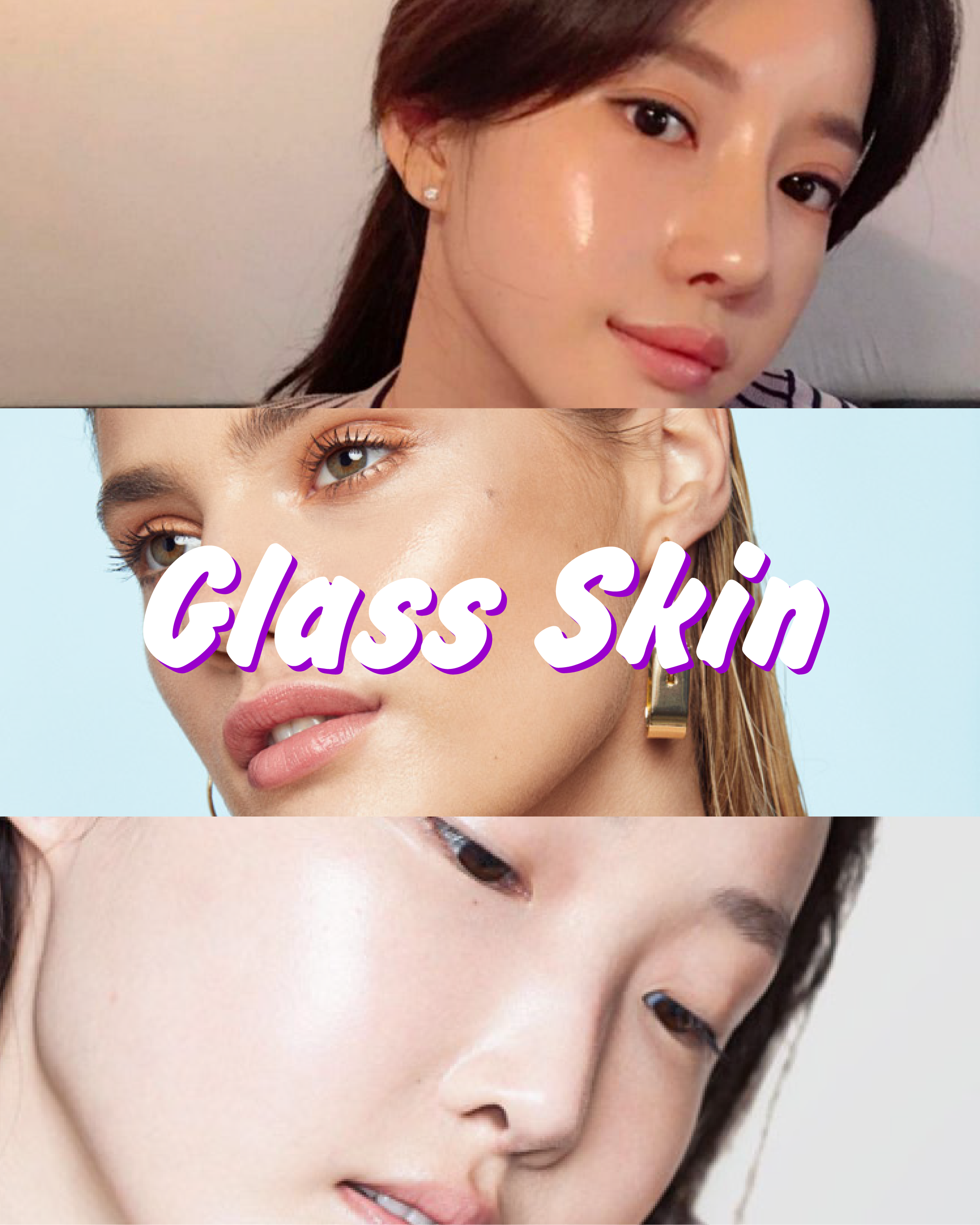
How to reverse hair loss? Find out what we recommend!
Finding more strands of hair scattered around the floor and in the shower drain. You are not alone! Hair loss is more common than you think. A number of factors can influence hair growth, some of which you can control and others you can’t.
Before we share our best found secret from Korea, how much do you know about hair loss?

Approximately 90% of your hair is growing at any one time, while the other 10% enter a resting phase. Every two to three months the resting hair falls out and allows new hair to grow in its place.

1. Stress
Constant social pressure and electronic distractions have created a mental clutter. Compared to our ancestors who led a simple and mindful life, we are stressed and over stimulated, impacting our overall health and well-being, both physically and emotionally. The stress hormone, cortisol, is known to affect the function and cyclic regulation of the hair follicle. The impact of stress causes the hair follicles to go through a resting phase – stop producing new hair strands. Over time, hair can fall out more easily, even if you’re just washing, combing, or touching it.
2. Poor Diet
Ksisters believes in beauty from within, so you are what you eat! Some of the important nutrients that your hair needs to grow fuller and healthier are zinc, iron, vitamin D, biotin and omega-3 fatty acids. Yes, fast foods are tempting... but make a conscious effort to eat a balanced diet of lean protein, whole grains, healthy fats, fresh fruits and vegetables.
3. Postpartum
What’s a side effect new mums can’t hide under lotion, underwire or spandex? While you are pregnant, the rise in hormones keeps you from losing your hair, hence you should expect a full, luscious head of hair. After delivery, the hormones return to normal levels and the normal hair loss (resting phase) that was delayed during the pregnancy may fall out all at once. This is not uncommon as it affects 40% to 50% of women one to five months following pregnancy. Ksisters Jungmin experienced it not once but...twice!

4. Manhandling your tresses
Be gentle with your tresses to avoid excessive pulling and breakage! Remember that any hairstyle that pulls or tugs can be damaging for your hair follicles resulting in thinner and more damaged hair over time. Avoid having high ponytails, tight braids and buns, and heavy hair extensions.
5. Are you using the right shampoo?
Outnumbering your regular shampoos with dry-shampoo days? The reality of dry shampoo for you lazy-yet-vain ladies might be unfortunate. Dry shampoo deposits substances to coat the follicle that can build up and results in inflammation and increase shedding. These products causes hair follicles to stick together, so a hair that normally sheds when brushed may take two or more strands along with it. So use dry shampoo only when it is an absolute emergency!
For you ladies who shampoo regularly, do you know that there are ingredients that may actually damage and irritate your scalp? Before you look for a new shampoo, take the extra time to read the labels and avoid these additives.
Sodium lauryl sulfate (SLS) which is commonly used in paint remover and cleaning agents. Research has confirmed that this substance would penetrate the skin barriere and degenerate cell membranes and proteins on your scalp.
Diethanolamine (DEA) is an emulsifier used in the textile and agricultural industries. Frequent use of this ingredient on the skin would cause hyperkeratosis as well as damaging effects on the liver.
Imidazolidinyl Urea is used as a preservative to prolong shelf-life. When it comes on contact with your hair, it damages your hair by making your scalp prone to irritation and allergy reactions.

Do's
1.Brush Brush Brush
Brushing everyday, regardless of your hair texture, will help exfoliate the scalp and remove dead hair. A brush good for that would be a Paddle Brush or a wide-tooth comb. Make sure to do that before stepping into the shower as detangle your hair when it’s wet is very stressful on the hair. While you’re in the shower, you can finger comb your hair.
2. Wet hair thoroughly before lathering shampoo
Hair should be thoroughly wet before lathering shampoo from the roots to ends. Lukewarm water will open the cuticle, which is good for removing any dirt or product trapped in the hair. Since the hair closest to the scalp is the youngest, it will be the oiliest, while the end of the hair is the oldest and usually driest, most fragile part of the hair.
3. Massage
Massaging your scalp helps to activate the bloodstream and helps improves blood circulation to the scalp and allows your hair follicles to receive adequate nutrition for hair growth. Massage has the added benefit of reducing stress, which can also improve hair health.
Don’ts
1. Do not rub
Never rub your shampoo into your scalp, instead gently spread it over the hair and lather the roots of your hair with your fingertips (not your nails) before rinsing your hair off. Just by avoiding this helps to prevent damaging hair follicles.
2. Do not tie your hair when it’s wet
Don’t like your hair in your face? Pin your hair back with a claw that doesn't pinch hairs as tightly. Air drying your hair while left down is the healthiest. If needed, speed it along with a blow dryer on the low setting. In order to get more volume, flip your hair over your head and blow dry it from the roots to the ends. Also remember to change your hair parting once in a while!
3. Do not towel rub
Wet hair is fragile and more prone to breakage. Rubbing it vigorously against a towel causes more friction causing your poor strands to breakage. Instead, pat hair against your towel to absorb excess moisture.
So how do we give our hair additional nutritional insurance other than a healthy diet and basic maintenance?
Ksisters discovered Phytopecia, a korean medical hair clinic that identified a cell regenerating substance called P1P(Phytosphingosine 1 Phosphate). The products developed have been drawing attention from the hair loss prevention and treatment industry.

Before identifying P1P, the team learned that S1P (Sphingosine 1 Phosphate) found minimally in blood helps to regenerate cells in the body and prevents aging. They continue the research and delved into the matter in search of its analogs, and succeeded in identifying P1P.
By applying P1P to cosmetic and hair loss prevention products, Phytopecia was launched into the market, earning patented materials associated with preventing and curing hair loss, and a composition for hair growth.
By bringing in these two products, Ksisters hope to help combat and prevent your hair loss woes!
Phytopecia provides an intensive hair care system for ongoing hair troubles by genetic disorder and environmental stress.
1. Phytopecia Hair Boosting Shampoo
This hair boosting shampoo made of phytospingosine phosphate and pure plant extract for your scalp and hair protection.

2. Phytopecia Hair Tonic
This hair tonic made of nanoliposome technology composed of phytospingosine phosphate developed by Phytos. This tonic feeds scalp essential nutrients and helps maintenance healthy and elastic hair. With a 3 months continuous usage, you can expect a healthier scalp and hair!

So now you know what our best found secret from Korea, you can now enjoy clinical hair loss treatment at the comfort of your home!
Preorder is opening on Thursday 12pm!




